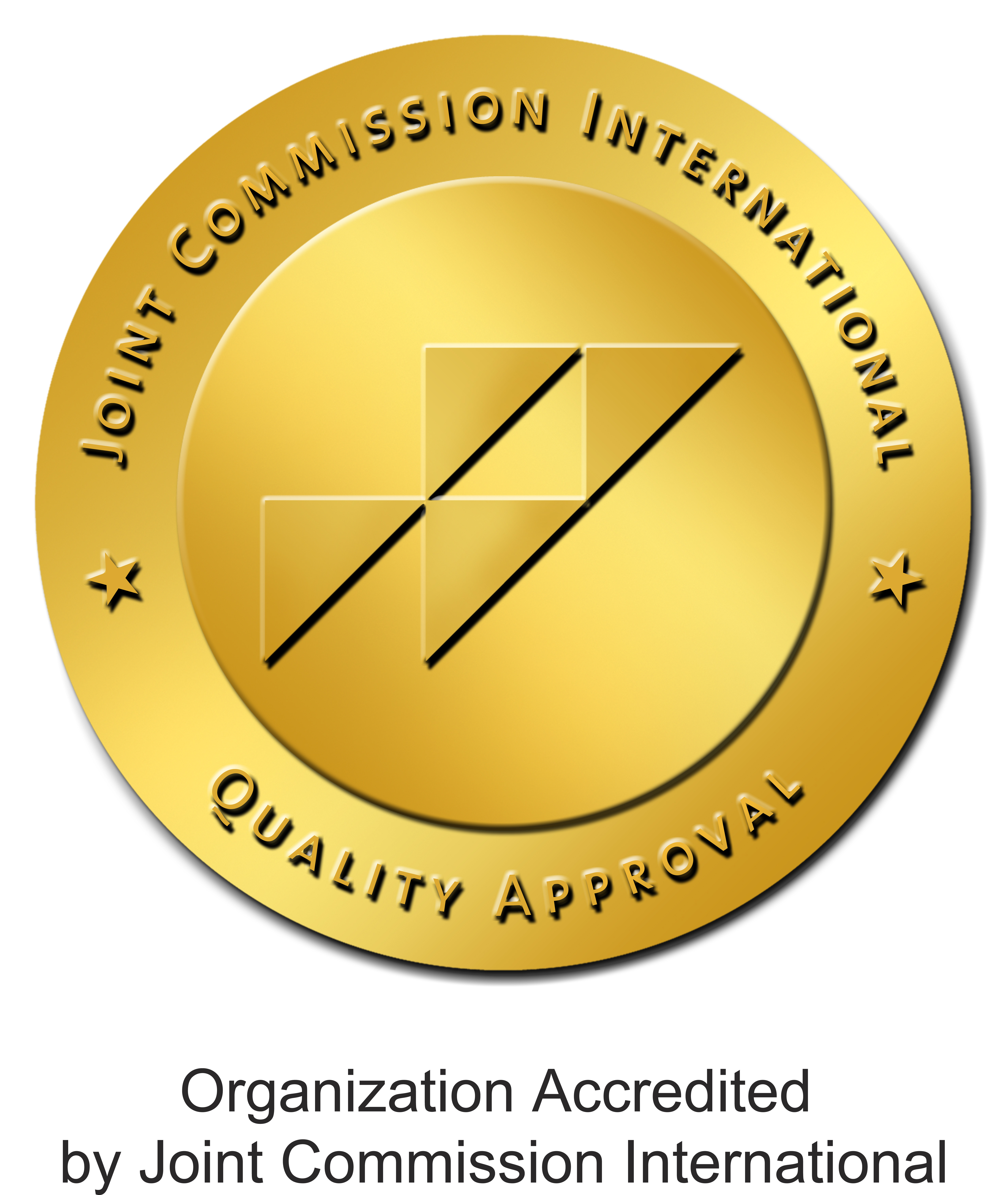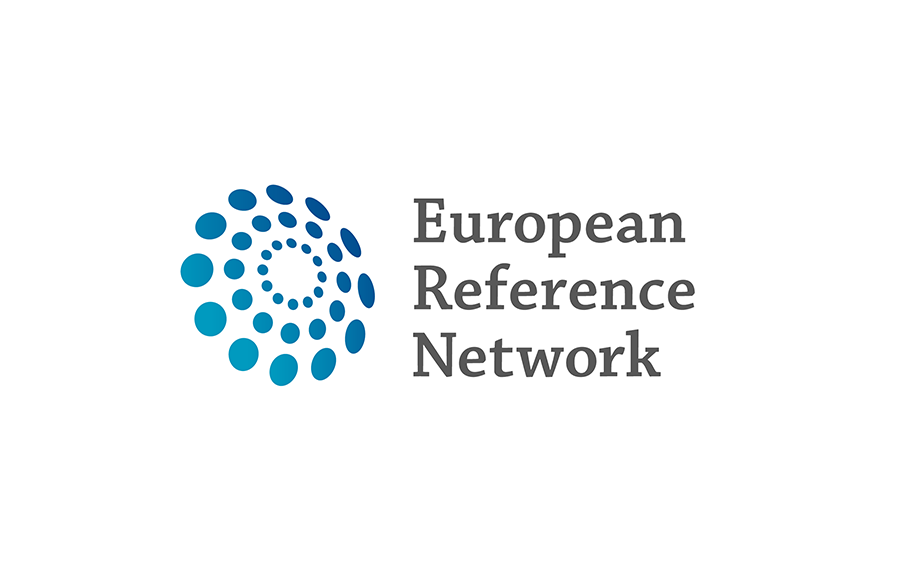Pathologies that can be potentially treated with hadrontherapy
Adenoid cystic carcinomas
Want to submit your case? Click HERE
Salivary glands are located in the aerodigestive tract and secrete saliva, a fluid rich in enzymes and antibodies that essential to initiate food digestion and to protect mouth and throat against infections.
There are two types of salivary glands- major and minor. There are three pairs of major salivary glands: the parotid glands (on the sides of the face), the submandibular glands (below the jaw) and the sublingual glands (under the floor of the mouth and below either side of the tongue). There are many minor salivary glands in different areas of the face, including the nose and paranasal sinuses.
The cells that make up the salivary glands may mutate and give rise to cancer. Fortunately, salivary gland malignancies are quite rare. They comprise less than 1% of all tumours that may develop in men and women, and about 2% of head and neck tumours. According to epidemiological data, every year one new case is diagnosed in Italy for every 100,000 male inhabitants and less than one (0.7) for every 100,000 female inhabitants. This tumour grows slowly; it exceptionally generates lymph node metastases and has a favourable prognosis if treated properly in its early stages.
Adenoid cystic carcinoma (AdCC) is a malignant tumour most often found in adults and the elderly. It is found in different locations in the body including, indeed, the salivary glands. Even if tumour growth for AdCC is often slow, it is usually invasive of nearby organs, and metastases develop in between 20 and 35% of cases, most commonly in the liver and lungs. These can also arise many years later. AdCC is the second most common malignant tumour of the trachea (30 -50%), and it is the most common tumour in the submandibular salivary gland.
In fact, Adenoid cystic carcinoma is typical of the minor salivary glands and, among the malignant tumours of the salivary glands, it is considered a clinically high-grade tumour. Its behaviour is often unpredictable and it is a tumour regarded as difficult to treat. For example, the high tendency to recur that AdCC shows is well known. But, fortunately, this is a slow growing tumour, and median survival is good even if the recurrence is adequately diagnosed and treated.
Causes of adenoid cystic carcinomas
Identifying risk factors for such rare tumours is not easy; however, it is believed that:
- Head and neck exposure to radiation especially during childhood (e.g. for therapeutic purposes) may increase the risk of developing cancer
- Exposure to some substances found at the workplace could increase the risk of onset: metal (nickel alloys) or mineral (silicon) dusts and radioactive substances
- The type of diet, if particularly low in vitamins A and C (mainly present in fresh fruits and vegetables), seems to be associated with a higher incidence of the disease
- Other possible risk factors include a previous benign tumour in the same area
Symptoms of Adenoid cystic carcinomas
Tumours affecting salivary glands are often painful since they affect surrounding nerves. Fortunately, it is easier to identify the presence of a problem thanks to the manifestation of symptoms.
A lesion in a salivary gland can present very different symptoms that occur mainly in the head and neck region:
- Pain in the face, neck or mouth
- Glandular tumefaction
- Inflammation
- Difficulty swallowing
- Noticeable asymmetries - never noticed before - in the shape, size and muscle strength of one side of face, neck, mouth compared to the other
- Lump or mass forming
The following symptoms should be also monitored:
- Nasal obstructions
- Nosebleed
- Numb feeling in the face
The latter are symptoms that do not always indicate a tumour, but still deserve attention and medical advice.
Diagnosis of adenoid cystic carcinomas
A doctor examining the salivary glands can identify the presence of nodules or masses, which, in some cases, may give rise to a suspicion of an oncological problem.
The presence of symptoms and a nodule is not enough for a final diagnosis; therefore, after the doctor studies the patient's clinical and family history and after the patients attends an outpatient visit, a specialised visit to an otolaryngologist may be necessary.
In this case, diagnostic imaging plays a decisive role in reaching a clinical diagnosis as well as in planning a therapeutic treatment, be it surgical or other.
The most used tests to diagnose salivary gland tumours are:
- ultrasound scan
- x-rays
- computed tomography (CT)
- magnetic resonance imaging (MRI)
- CT-PET
Diagnostic imaging is useful to confirm the presence of a carcinoma and to identify its anatomical location. Together with a biopsy, that is, removing a sample of the tumour and analysing it under a microscope, diagnostic imaging helps to determine the tumour's nature and to plan the best treatment.
Treatment of adenoid cystic carcinomas
The first treatment expected for an adenoid cystic carcinoma of the salivary glands is radical surgery followed by a traditional radiotherapy cycle.
Surgery is not the most suitable choice for advanced tumours, such as those invading orbit, masticator space or brain, because the surgeon cannot to remove the tumour completely and there are high chances that the residual cells not removed cause cancer to grow back since traditional radiation therapy is not effective.
In these cases, hadrontherapy with carbon ions represents a valid treatment option. Unlike the photons used in radiotherapy, ions are heavier and more powerful. Due to these characteristics, ions the resistance to traditional radiation shown by adenoid cystic carcinomas of the salivary glands. Other benefits of using hadrontherapy to treat this kind of tumours:
- Salivary glands are less exposed to radiation
- The brainstem and other sensitive brain structures are less exposed to radiation
- Reduced risk for effects on deglutition
- Reduced risk for a decrease in salivary flow (xerostomia)
- Reduced risk for neurological damage













